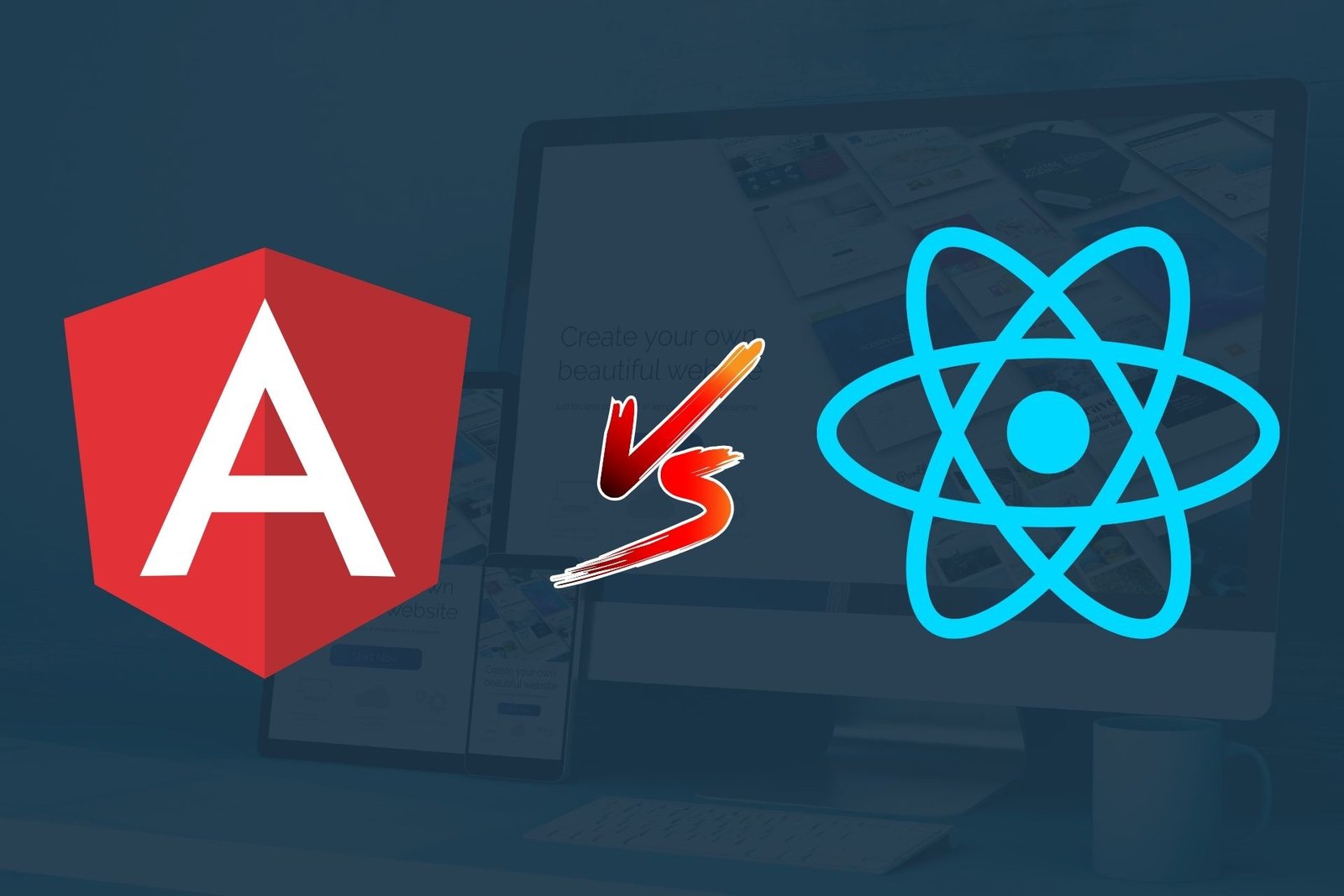Introduction In the ever-evolving world of web development, selecting the right framework is crucial for building robust and scalable applications. Angular and React are two of the most popular frameworks, but they cater to different needs and have distinct characteristics. This blog will explore the strengths and weaknesses of each to help you decide which framework is best suited for your next web development project.
1. Performance and Speed
Angular: Angular is a full-fledged framework developed by Google, optimized for performance with features like Ahead-of-Time (AOT) compilation and the use of TypeScript. Its robust architecture provides consistent performance for large-scale applications. Angular’s real DOM manipulation can be slower for applications with frequent updates but is manageable with Angular’s efficient change detection strategy.
React: React, maintained by Facebook, uses a Virtual DOM that significantly enhances performance. It updates only the components that have changed, reducing the amount of work the browser needs to do and speeding up the rendering process. This makes React highly efficient for dynamic and high-traffic websites.
2. Learning Curve
Angular: Angular requires a more substantial learning curve due to its comprehensive nature. It includes advanced features such as TypeScript, dependency injection, and a real DOM, which can be initially challenging for developers, especially those new to web development.
React: React has a gentler learning curve, focusing on component-based UI development. It’s a JavaScript library that makes it easier to grasp and implement, particularly for developers who are already familiar with JavaScript.
3. Flexibility and Scalability
Angular: Angular’s all-in-one framework structure is excellent for consistency and scalability across large projects. It comes with built-in tools like Angular CLI and is highly opinionated to enforce good coding practices, which can help maintain the quality of the code.
React: React’s modular nature allows developers to mix and match with various libraries and tools, tailoring the tech stack to specific project needs. Its flexibility makes it ideal for a wide range of projects, from small websites to large enterprise applications.
4. Community and Support
Angular: Angular benefits from Google’s support, which ensures frequent updates and a strong community. However, it’s smaller compared to React’s community, but it is active and growing.
React: React has a massive community of developers who contribute to a rich ecosystem of third-party libraries, tools, and resources. It’s backed by Facebook and has been embraced by companies like Instagram, Netflix, and WhatsApp, making it a go-to choice for modern web development projects.
5. Use Cases
Angular: Best suited for large-scale applications that require a complete solution, such as enterprise applications, admin dashboards, and data-heavy websites.
React: Ideal for building user interfaces, single-page applications, dynamic content sites, and projects where flexibility and high performance are paramount.
Conclusion Choosing between Angular and React depends on your project’s specific requirements. If you need a comprehensive framework with strong performance and built-in tools, Angular might be the right choice. If you prioritize flexibility, speed, and a vast community, React could be a better fit. Understanding these differences will help you make an informed decision and build a successful web application tailored to your goals.








